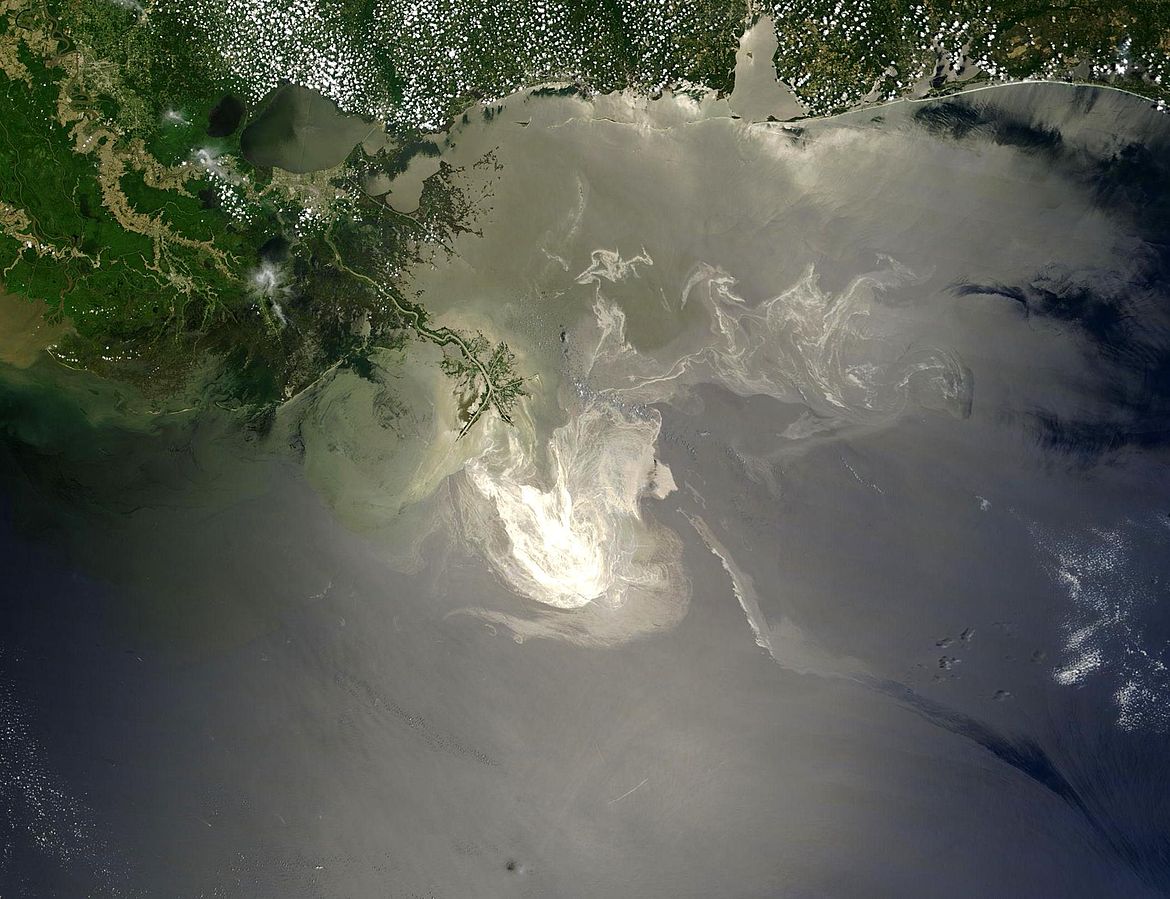Table of Contents |
Negative impacts of water pollution include the following:
There are two main types of water pollution: point source water pollution and nonpoint source water pollution.
Point source pollution is easy to track and account for because it is affixed. The following are some examples of point source pollution:
 |
 |
Nonpoint sources of water pollution are often difficult to identify because they are caused by a wide variety of distributed sources. The following are some examples of nonpoint source pollution:
 |
 |
 |
IN CONTEXT
Ocean pollution is another large problem that is caused by both point and nonpoint sources.
Most of the pollution in oceanic and marine locations is the result of point sources of industrial wastewater, sewage, and offshore oil operations, while nonpoint sources are primarily agricultural runoff, air pollution, and maritime transportation.

Let's discuss some real-world examples of water pollution and its far-reaching effects.
In 1988, in Camelford, Cornwall, England, 20 tons of aluminum sulfate were accidentally introduced to the public drinking water system, an amount which is 3,000 times higher than legally permitted. It is considered to be one of England's worst large-scale poisonings and has had a multitude of short- and long-term effects on human health, such as memory loss and dementia. Victims of the incident who died many years later were discovered to have dangerously high levels of aluminum in their brains.

In 2014, in the Mexico state of Jalisco, 200 tons of fish were killed by high levels of sewage dumped into the lake. The sewage lowered oxygen levels and effectively suffocated the species of chub living in the lake. While the lake has been reopened for boating, it is still in an altered state with higher temperatures and algal blooms.

The Deepwater Horizon oil spill in the Gulf of Mexico is one of the most infamous water pollution catastrophes. The oil rig faulted and allowed 210 million gallons of oil to gush into the Gulf. It affected 8,322 different species, including aquatic life and birds. Many fish were found with increased levels of lesions. The number of dead baby dolphins washing up on shore increased as well, and many other negative environmental impacts have been recorded and studied. 143 cases of human exposure and health impacts were also reported as a result of the spill.

The last example we will discuss is the Chinese River Dolphin, which is believed to have gone extinct after an expedition in 2006 failed to find any. Its extinction is believed to have been caused by a variety of human causes, including pollution and overexploitation.

Source: THIS TUTORIAL WAS AUTHORED BY JENSEN MORGAN FOR SOPHIA LEARNING. PLEASE SEE OUR TERMS OF USE.